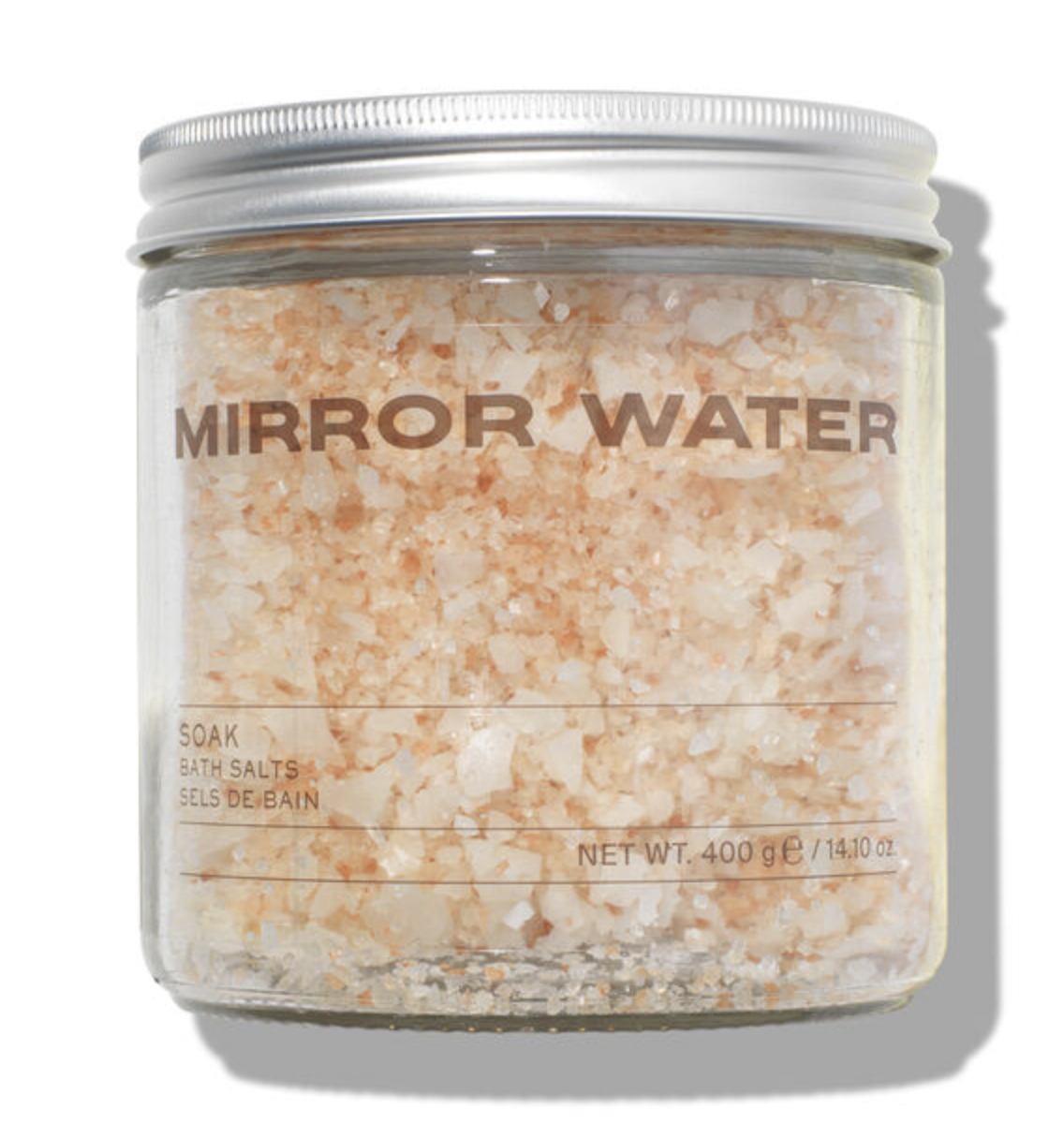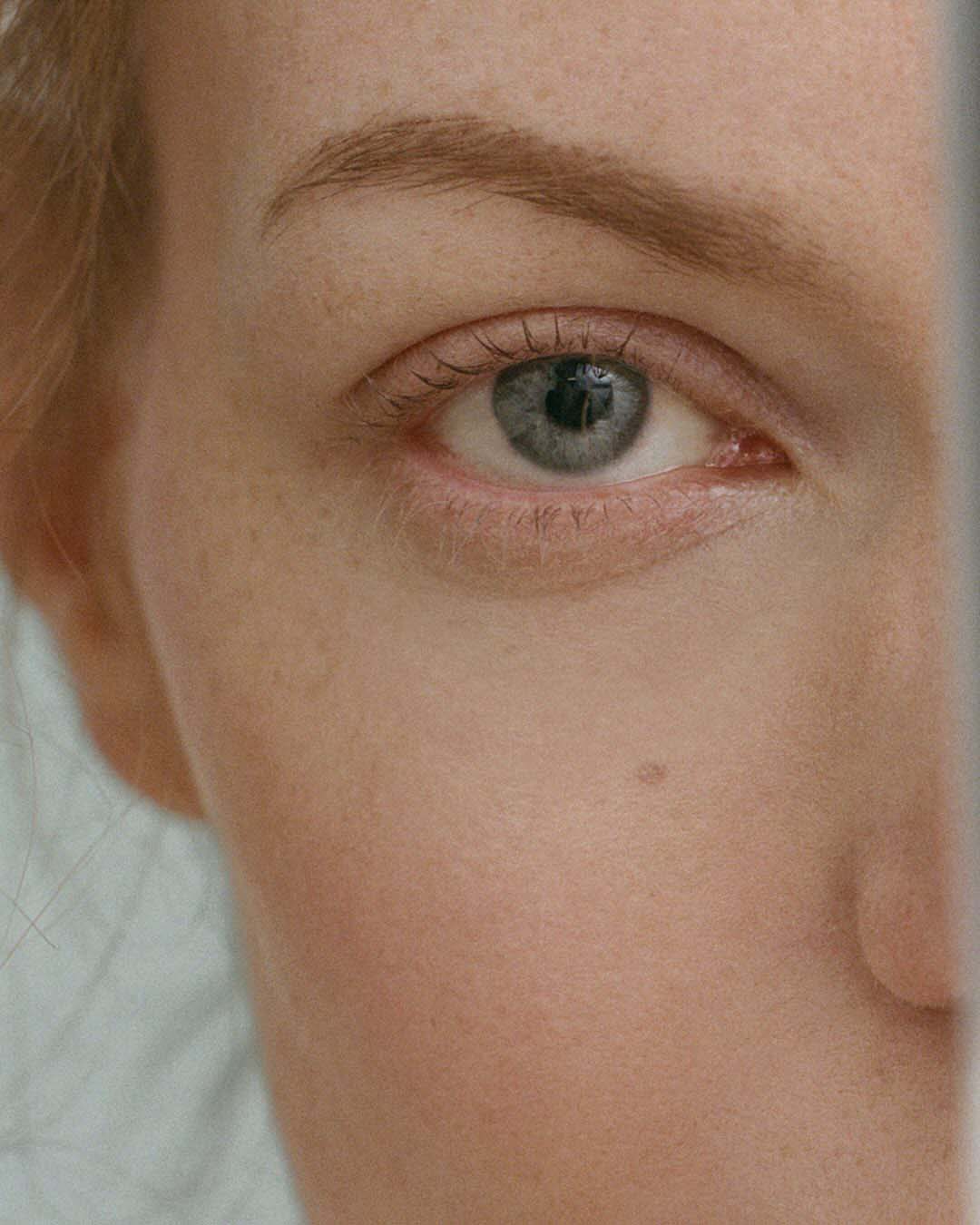
5 Myths About Reformer Pilates (And What You Should Believe Instead)
LC to add
Emma to add introduction paragraph here covering why pilates is now so popular, what it actually is, and why it comes alongside a lot of misconceptions — where they come from/ why we need to clear them up etc — let’s set the scene for why why this topic is important.
It’s only for flexible people
This is one of the most common misconceptions about Pilates, and it often prevents people from even trying a class. The truth is, you don’t need to be flexible to begin Pilates on the reformer. In fact, many people start precisely because they want to improve their mobility. The reformer is designed to support your body as you move, and every exercise can be adapted to your individual range of motion. If you struggle to touch your toes, that’s fine — the machine will meet you where you are. Over time, with consistency, your body naturally becomes more supple.
What makes Pilates so effective is that flexibility doesn’t come at the expense of strength; the two improve together. Instead of forcing stretches, you build mobility through controlled, strengthening movements. That combination makes it safer, more sustainable, and more effective than trying to push yourself into flexibility without proper support.
Pilates is “just stretching”
Another myth is that Pilates is little more than a glorified stretching session. While stretching is certainly part of the practice, it’s far from the whole story. On the reformer, springs are used to create resistance, and that resistance can be made lighter or heavier depending on your ability, goals, and even the specific exercise you’re performing.
The result is a system that challenges your muscles for strength, endurance, mobility, and control. Reformer Pilates allows you to change the springs, layer movements, and progress exercises in a way that creates measurable improvement.
Many people are surprised to find themselves shaking within minutes, not because the workout is “too hard,” but because they’re targeting muscles they didn’t realise were underused. With the right guidance, Pilates becomes a demanding training method that strengthens your body from the inside out.
Pilates is just for women
Although Pilates is often marketed to women today, it was never designed as a female-only activity. Joseph Pilates, the founder of the method, originally developed it to help rehabilitate injured soldiers and to condition athletes. Historically, men were actually the first to benefit from his system.
That tradition continues in the modern world. Professional athletes use Pilates to enhance performance, prevent injury, and build resilience. For men, it offers a unique challenge: it trains stabilising muscles that are often neglected in traditional weightlifting, improves joint health, and develops deep core strength.
Women benefit equally, of course, but it’s important to break the stereotype. Pilates isn’t gendered — it’s a method of training the body intelligently. When taught progressively, it challenges everyone, regardless of sex, to become stronger, more balanced, and more aware of their movement.
Pilates is too easy.
People who dismiss Pilates as “easy” often haven’t experienced it properly. Unlike workouts that focus on speed or heavy weights alone, Pilates emphasises control, precision, and total-body integration. On the reformer, this might take the form of classical sequences or modern, fitness-inspired variations — but the principle is always the same: every muscle is recruited in harmony, requiring strength, coordination, and endurance.
A well-taught reformer session is not a quick stretch or a light workout — it’s a demanding practice that challenges both body and mind. The payoff is that the skills you build in class transfer directly into everyday life. You move more efficiently, stand taller, and reduce your risk of injury. It’s “hard” in a functional, sustainable way, not just a sweat-for-the-sake-of-it way.
Pilates is only for certain body types.
Pilates is for every body. The reformer’s adaptability is one of its greatest strengths. Exercises can be modified for all ages, shapes, and fitness levels. Whether you’re a beginner who hasn’t worked out in years, a senior looking to stay active, or an athlete recovering from injury, Pilates can be tailored to suit your needs.
A skilled teacher focuses not on forcing your body into a mould but on helping it function at its personal best. Over time, that builds strength, confidence, and ease of movement. The goal isn’t to change your body type but to help you feel empowered and at home in the one you already have.
No items found.

















